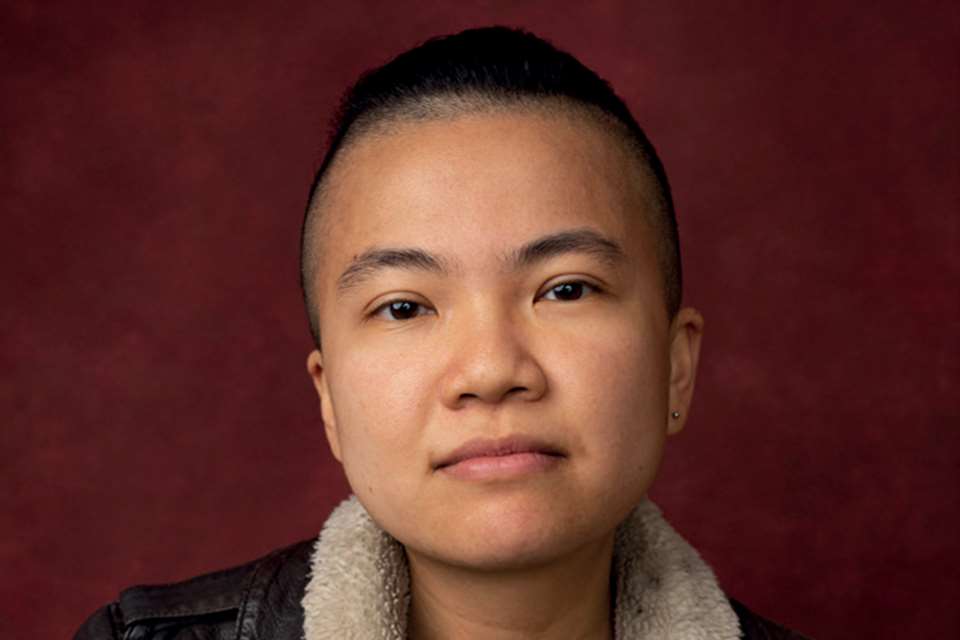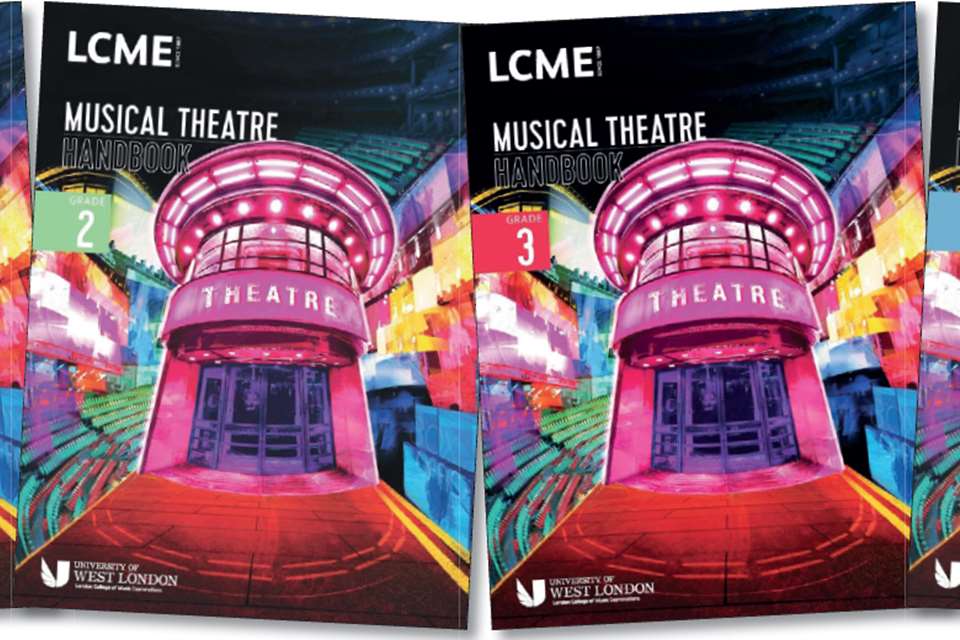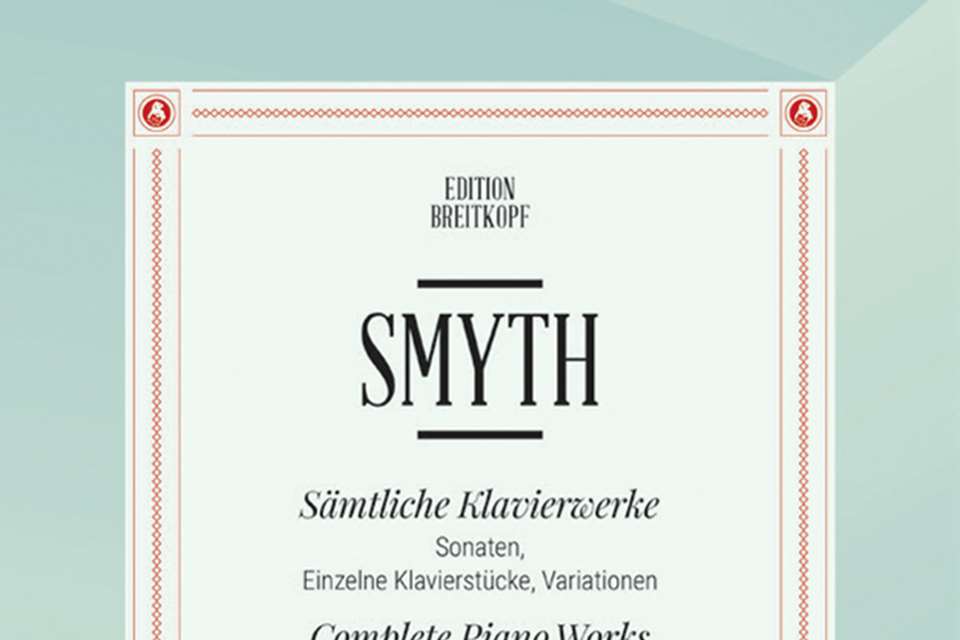Go wide!: Curating a diverse instrumental repertoire
Kay Charlton
Friday, September 1, 2023
Kay Charlton describes how instrumental teachers can keep students’ repertoire fresh, diverse and inclusive.

Adobe Stock / Mr Bolata
As the new term starts, this is a good time to reassess what's in your teaching bag – what repertoire do you use in your lessons and ensembles and when did you last refresh it? You really don't want to be using the same old method books; they may be new to your pupils, but teaching repertoire you're over familiar with can get very boring and it's easy to coast in lessons. Coasting isn't good practice, as we know – a reflective teacher is a good teacher.
A good grounding
So, what kind of resources and repertoire should we be using in instrumental lessons? Our favourite method book covers the basics and will provide a clear progression path to an extent, but the tunes aren't always that exciting or, indeed, very diverse.
Your own musical learning will probably determine which music you're most comfortable teaching. But it's essential to give pupils an extensive grounding in music and this means teaching in a broad variety of styles – even in genres we may be unfamiliar with. Should we include classical music? Of course we should. How about some jazz? Yes, please!
Everyone should be aware of Beethoven, and even beginners can play his most famous piece of music – ‘da da da daaaa’. But equally, everyone should know who Miles Davis is; after all, his album Kind of Blue (1959) is still cited as one of the best jazz albums of all time. The first phrase of Beethoven's Fifth Symphony uses only two pitches, as does one of Davis's best-known pieces from that album: ‘So What’. Compare and contrast – there's an idea for a lesson!
Classical in all senses
Western classical music has been in the news lately – not enough of it in some schools, too much in others. Everyone should have access to playing some of the world's greatest music. A thousand years of amazing melody and harmony can't be ignored and it should be accessible to all: democratic, not seen as exclusive. So yes, let's include standard classical repertoire in our teaching, which is easily done, but let's not stop there.
‘Classical’ music isn't only played in the West. Indian classical music has been in its present form for around 500 years and has developed into complex systems of melody and rhythm, some of which can't be described using Western concepts or notation. Does that mean the music is not accessible in, say, a lesson for a Grade 4 trumpet player used to Tune a Day? I don't think so. A quick internet search for ‘simple ragas’ brings up some lovely scales or, more accurately, sets of notes that create a particular mood. Some ragas are similar to Western scales. Raga Desh has a flattened 7th, so can sound bluesy, and Bhairavi is like the phrygian mode, with flattened 2nd, 3rd, 6th and 7th notes. Be sure to listen to some of the great Indian performers for inspiration and a wider context. Try exploring the ragas by playing over a drone; this is a great idea for those beginning to improvise. There are lots of atmospheric drones available online.
Get creative
Improvising – now there's a thorny issue. Do you make time to explore creativity in your lessons? Are your pupils comfortable with improvisation? Are you? If you don't do so already, how about making this the year that you start including some creative work in your lessons? I've heard teachers say that there isn't time to ‘do’ improvisation, and I know some lessons can be as short as 15 minutes. But exploring a scale through copy-backs and call-and-response, perhaps as a warm-up, takes no time at all and will embed scale familiarity as a bonus. Creative activities can be tried out in many styles. Try taking a phrase from a current piece (classical or otherwise) and play around with it.
This brings us back to jazz. Here, I will remind you that no special skills are needed in order to improvise – it can be done in lesson one, with ‘make something up on this note’. Also, it can be a sneaky way to practise techniques such as plucking, strumming or tonguing. Everyone should know what a 12-bar blues is, and confidence can be built by improvising with one note, then two, and gradually adding more notes of the scale, leading to a complete blues scale (and toolkit) via the minor pentatonic.
The National Plan for Music Education (2022) advises that children should be able to ‘create short phrases of new melodic music’ and to ‘demonstrate knowledge of music from a range of musical traditions’. Pentatonic scales are a great route to exploring different styles of music and they are familiar to us via well-known tunes such as ‘Auld Lang Syne’ and ‘Amazing Grace’, pop classics such as Michael Jackson's ‘Billie Jean’ and Stevie Wonder's ‘Sir Duke’, and jazz standards such as ‘Sonny Moon for Two’ and ‘Bags’ Groove’ (which is on the ABRSM jazz syllabus).
Taking a scale or key centre as a stimulus can be a great lesson-starter, for exploring a range of music. It will take some planning and probably a trawl of the internet. Follow your nose or ask friends for their favourite piece from a genre you don't know. For instance, choose several pieces in D minor or with a similar title or theme. This follows Paul Harris's theory of Simultaneous Learning: making connections between pieces that cut across genres.
Broader repertoire
Where can we find sheet-music containing broader repertoire – by female composers or musicians from diverse backgrounds? There is a drive to decolonise the music curriculum, which the examination boards are gradually responding to. ABRSM recently refreshed its brass syllabus (see MT review December 2022); Brass Mix Grades 1–3 includes traditional Chinese and Japanese pieces and The March of the Women, the suffrage anthem by Dame Ethel Smyth. A quick look at the new violin Grade 1 syllabus (2024) reveals pieces by Bach, as expected, but also by Ignatius Sancho and traditional Scottish, Yiddish and Zulu pieces – a great spread of styles and traditions. ABRSM's well-established jazz exams go up to Grade 5 and only cover certain instruments – jazz piano and jazz ‘horns’ – but here you’ll find a comprehensive set of repertoire, with backing-tracks, including material that can be adapted.
Finding new and stimulating repertoire may take some research, planning and listening to new music. Being a reflective practitioner means being active – keeping your curriculum refreshed and being curious. If you're not sure where to start, try exploring programmes on BBC sounds or other internet radio.
Keep listening
The Model Music Curriculum has a comprehensive list of pieces to listen to. I have written in this magazine before about the list's odd categorisation and the bias towards Western classical music (MT September 2021). I have created a YouTube playlist (see opposite, above) of the KS2 Musical Traditions pieces for KS1 and 2 (with some clarification/corrections); this is a good place to find genres from music that is pupil-friendly.
Listen & Celebrate (Collins Music) is a great source for new repertoire and approaches. It is aimed at KS1 and 2 curriculum music, but the resources can be adapted to instrumental teaching at any level and could inspire a journey of musical discovery!
Find ways to keep your pedagogy up to date and authentic, and use ‘real’ music: jazz standards, pop classics, global hits. Don't fall into the trap of simply teaching what you were taught; be interested and interesting by using new repertoire. This in turn will give young people real-life musical skills, potentially preparing them for the music industry with a broad knowledge of a diverse range of music.

Recomended listening
BBC Sounds
- Cerys Matthews on 6 Music
- Add to Playlist
- J to Z
- The Jazz Show (with Jamie Cullum)
- Music Planet
- Late Junction
Mixcloud
- A World in London (DJ Ritu MBE)
YouTube playlist
-
Musical Traditions, for KS1 and 2: tinyurl.com/9nx76jx7
Music for working in D minor
- Bach - ‘Toccata and Fugue’
- Adele - ‘Rumour Has It’
- Buena Vista Social Club - ‘Chan Chan’
- Miles Davis - ‘So What’
Global music to explore
- Nusrat Fateh Ali Khan - Pakistan
- Anoushka Shankar - India
- Femi Kuti - Nigeria
- Angélique Kidjo - Benin
- Oumou Sangaré - Mali
- Lila Downs - Mexico
- Buena Vista Social Club - Cuba
- Kokoroko - UK
- Eliza Carthy - UK






